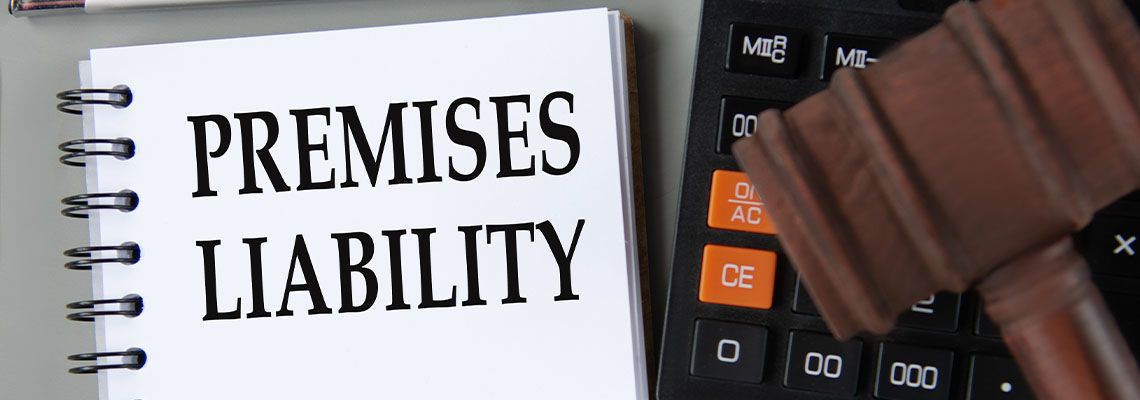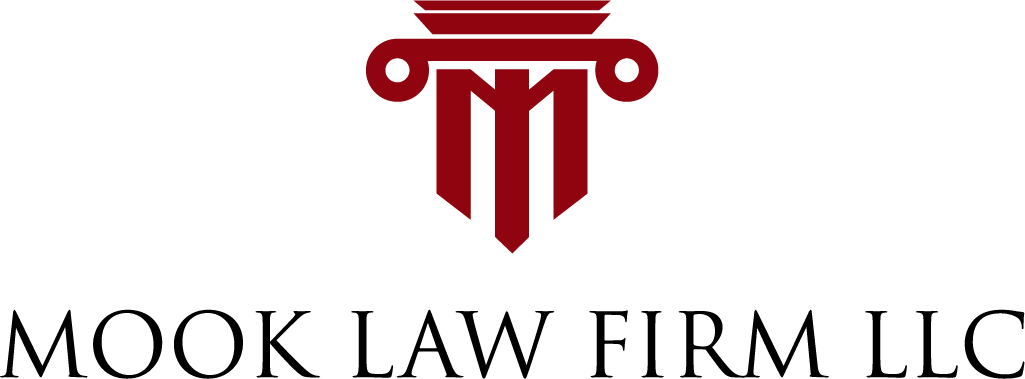
Key Factors in Determining Negligence in Premises Liability Cases
Accidents on someone else’s property can leave lasting physical, emotional, and financial impacts. When injuries happen due to unsafe conditions, it can be overwhelming to understand who’s responsible. Premises liability law exists to help victims seek compensation and hold negligent property owners accountable.
At Mook Law Firm LLC, our Kansas City premises liability lawyer represents individuals who’ve been injured on unsafe properties and provide guidance throughout the legal process. Contact us promptly to protect your rights and strengthen your premises liability claim.
Duty of Care Owed by Property Owners
Property owners have a responsibility to maintain safe conditions for those who visit. The level of duty varies depending on whether the person is an invitee, licensee, or trespasser. Establishing this duty is a critical step in any premises liability case. Some critical factors that influence the duty of care include:
Type of property: Commercial, residential, or public properties may have different maintenance expectations.
Visitor classification: Invitees receive the highest level of protection, while licensees have a lower standard.
Known hazards: Owners must address dangers they’re aware of or should reasonably know about.
Understanding these elements clarifies how negligence is assessed and sets up the analysis of specific hazards.
Identifying Dangerous Conditions on Property
Hazards can take many forms, from wet floors to broken stairways. Some dangers are obvious, while others require prior knowledge or careful inspection. Recognizing unsafe conditions is essential for determining liability. Common examples of conditions often involved in premises liability include:
Slippery surfaces: Wet floors, ice, or uneven ground that can cause falls.
Defective equipment: Broken handrails, faulty lighting, or unstable structures.
Obstructed pathways: Debris, clutter, or inadequate signage that blocks safe movement.
After identifying hazards, courts evaluate whether the property owner acted reasonably to prevent harm.
Standard of Reasonable Care in Premises Liability
Property owners are expected to exercise the level of care a reasonably prudent person would under similar circumstances. This standard considers practical and feasible actions to help safety. Courts often examine inspection routines, maintenance schedules, and timely repairs when evaluating negligence.
Owners who fail to meet reasonable care standards may be found liable even if the hazard wasn’t immediately obvious. Documenting efforts to maintain safety is often a deciding factor in cases. The next step is connecting these actions to the harm that occurred.
Causation and Its Impact on Liability
A key element of premises liability is showing that the unsafe condition directly caused the injury. Courts look for both cause-in-fact, meaning the injury wouldn’t have occurred otherwise, and proximate cause, meaning the harm was a foreseeable result. Evidence linking the hazard to the injury strengthens the case.
Witness statements, photographs, and medical records often provide the necessary proof. Without clear causation, even well-documented hazards may not lead to a successful claim. Once causation is established, foreseeability becomes a central focus.
Foreseeability of Harm
Property owners must anticipate risks that a reasonable person would recognize. If an injury was foreseeable and precautions weren’t taken, negligence may be established. Factors like prior accidents or predictable patterns of use can indicate foreseeability. Indicators of foreseeable harm include:
Prior incidents: Repeated accidents in the same area suggest preventable danger.
High traffic areas: Locations frequently used by visitors are more likely to result in injury.
Environmental conditions: Poor lighting or weather-related hazards increase risk.
Clear foreseeability often influences whether the property owner could’ve reasonably prevented the accident. This naturally leads to evaluating the evidence used to support premises liability claims.
Documentation and Evidence of Unsafe Conditions
Evidence plays a critical role in proving negligence in premises liability cases. Photographs, witness statements, maintenance records, and incident reports can all demonstrate the existence of hazards. Well-documented evidence strengthens the link between the property owner’s actions and the injury.
Organizing documentation promptly after an accident is essential. Proper evidence allows attorneys to build a clear case and communicate the severity of the hazard to the court. With solid evidence, notice and awareness of hazards are easier to establish.
Notice and Awareness of Hazards
Liability often hinges on whether the property owner knew or should’ve known about a dangerous condition. Actual notice occurs when the owner is explicitly aware of the hazard, while constructive notice arises when the danger existed long enough that the owner should’ve known.
Missouri law evaluates both forms of notice in determining negligence. Proper maintenance logs, inspection schedules, and employee reports can demonstrate awareness or a lack of reasonable care. Once notice is established, the focus shifts to steps taken to mitigate hazards.
Actions Taken to Mitigate Hazards
Preventive measures can reduce or eliminate liability in some cases, though failing to act on known risks may indicate negligence. Prompt repairs, warning signs, and regular safety checks demonstrate that owners took reasonable precautions. Some common mitigation strategies include:
Immediate repairs: Fixing broken equipment or structural issues as soon as they’re discovered.
Warning signage: Clearly marking wet floors, uneven surfaces, or other hazards.
Regular inspections: Conducting routine checks to identify and address potential dangers.
These steps show a proactive approach to safety and are often considered by courts when determining liability. The severity and nature of the injury then come into focus to assess damages.
Severity and Type of Injury Sustained
The type and seriousness of an injury can impact the evaluation of a premises liability case. Temporary injuries may be treated differently from permanent impairments when considering damages. Courts also weigh medical records, recovery time, and ongoing treatment costs.
Even minor injuries can be significant if they result from clear negligence. The severity often interacts with comparative fault, which evaluates the injured party’s responsibility. This introduces the next consideration: shared responsibility in accidents.
Comparative Fault and Shared Responsibility
Missouri follows comparative fault rules, meaning a victim’s own actions may reduce recovery. If a visitor partially contributed to the accident, the compensation may be proportionally adjusted. This assures accountability on both sides while maintaining the property owner’s obligation to provide safe conditions.
Evidence showing how the accident occurred helps determine the percentage of fault for each party. Understanding shared responsibility allows victims to pursue compensation without assuming all blame. Evaluating legal precedents further clarifies how courts apply these principles.
Legal Precedents in Missouri Premises Liability Cases
Missouri case law provides guidance on negligence, foreseeability, and duty of care in premises liability claims. Courts reference past rulings to assess whether property owners met their obligations. Familiarity with these precedents strengthens the understanding of potential outcomes.
Judges often consider prior decisions when determining liability and damages. This makes consulting with an experienced premises liability attorney crucial for handling premises liability cases effectively. With precedent and proper documentation, victims can take informed steps to pursue their claims.
Steps to Strengthen a Premises Liability Case
Taking immediate and thorough action after an accident improves the likelihood of a successful claim. Reporting hazards, seeking medical treatment, and preserving evidence are all essential steps. Prompt legal guidance assures rights are protected and deadlines are met. Some practical steps to strengthen a case include:
Document the hazard: Take photographs and collect witness contact information.
Maintain medical records: Keep detailed records of treatment and recovery.
Report the incident: Notify property management or relevant authorities promptly.
Careful preparation allows a legal firm to present a clear and compelling premises liability claim, increasing the chances of a favorable resolution.
Take Action and Protect Your Rights Today
Premises liability cases can be challenging, but you don’t have to manage them alone. At Mook Law Firm LLC, we guide clients through each step, making sure their concerns are addressed and their rights are protected.
We represent clients in Kansas City, Missouri, and surrounding areas. Our firm focuses on helping individuals who’ve been injured on unsafe properties take informed action.
Contact us at Mook Law Firm LLC to discuss your case and start protecting your legal rights. We’re ready to help you take the steps necessary to pursue your premises liability claim.

